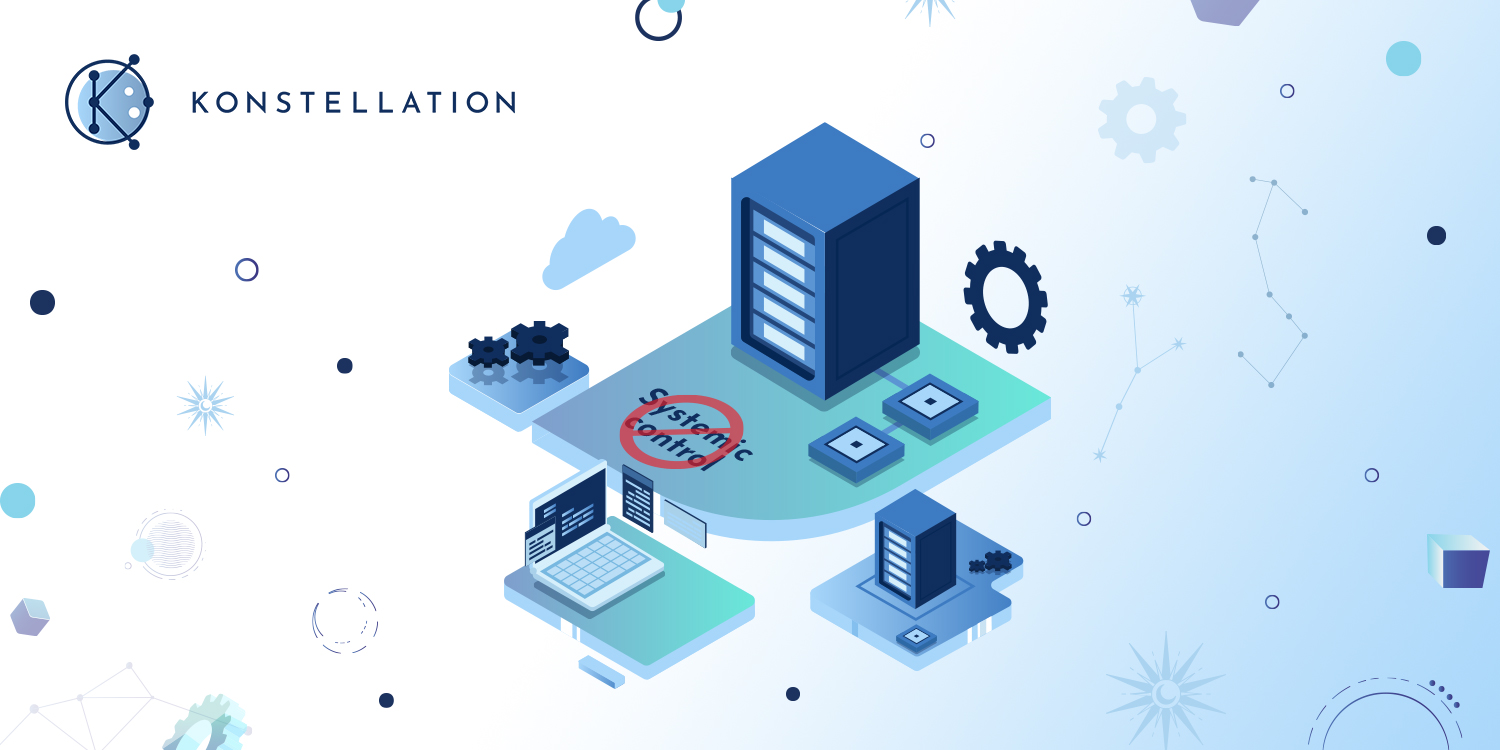
Disclaimer: The text below is an advertorial article that was not written by Cryptonews.com journalists.
The parabolic growth of decentralized finance over the last few years shows that it is here to stay and restructure the whole financial system. Leveraging smart contracts, DeFi is transforming centralized financial models into trustless and transparent protocols.
Further, it eliminates intermediaries, making protocols capital efficient and globally accessible. Yet, democratizing finance is only one element of DeFi’s macro vision. Its ultimate goal is to create a new financial system where users are in control and can access bank-like features without ever needing a bank account.
DeFi is Close to Fully Eclipsing Traditional Finance
In the past few years, the DeFi space has seen unprecedented growth across different blockchains, increasing the TVL from just under a billion to over USD 200 billion. The massive influx of capital and resources has fast-tracked DeFi innovation, creating new market sectors capable of challenging traditional finance on multiple fronts.
For example, the role of commercial banks in giving out loans, a core aspect of the financial system, is being fulfilled by lending and borrowing protocols with more efficiency, access, and transparency.
Moreover, these protocols provide significantly high returns by integrating different DeFi techniques like staking, yield farming, and liquidity mining. A typical commercial bank gives a maximum of around 5% interest on savings accounts, whereas DeFi protocols like Anchor can provide 20% with minimum risk.
Another prominent area where DeFi shines is capital formation. With traditional financial instruments, companies go through a long process to raise capital, sacrificing a portion to third parties. However, in DeFi, protocols can launch their token on DEXs through a launchpad and quickly tap into deep liquidity. This type of crowdfunding removes entry barriers and improves the overall visibility of the project.
Speaking of visibility, DeFi can also provide exposure and access to any financial position through synthetic assets. These assets closely resemble traditional derivatives like futures and options, but they are not limited to stocks, currencies, and commodities.
As tokenization has no limits, synthetic assets can represent any hard-to-get assets or markets digitally. For example, if one wants exposure to crypto mining but doesn’t have the capital to set up mining rigs, they can opt for synthetic assets tracking the performance of the bitcoin hash network.
Interoperability Might Be the Missing Key
DeFi is leagues ahead of traditional finance in terms of the overall functionality and flexibility of financial instruments. But to achieve mass appeal, there has to be an easier way for users to tap into DeFi’s potential. This requires cross-chain and interoperable solutions. Thanks to protocols like Konstellation Network, significant progress has been made.
Konstellation is a Cosmos-native protocol connected to two other blockchains, namely Solana and Binance Smart Chain. It encompasses multiple markets in modern finance, such as DeFi, CeFi, NFT game, and DAOs.
On the DeFi side, Konstellation aims to streamline investing and asset management for new and experienced investors. To do so, it has partnered with a reputable digital investment platform called VegaX, which provides high-performing crypto strategies and indexes with educational content so users can learn more about crypto while making profit. It also allows $DARC token holders to take out $BTC loans at discounted interest rates.
Konstellation also added Taebit, a South Korean DeFi platform, to help investors manage their portfolios efficiently. Users can mint different fiat pegged stablecoins (aEUR, aUSD, aJPY, aKRW and many more) on Alkemy, a stablecoin minting platform based on Solana, and use them for trading on Taebit.
NFTs is another domain that Konstellation Network is deeply invested in. Its native token, DARC, holds great significance in a play-to-earn game called Squid Squad OG. Players get to participate in a battle royale tournament and stand a chance to win exciting crypto prize money (up to 45 600 $USDC) and $DARC rewards.
DARC tokens act as fuel to the Konstellation ecosystem at every user touchpoint. And recently, its utility got even better. Konstellation partnered with Osmosis to launch an incentive pool where LP providers can earn regular $Osmo reward and an additional external incentives of 10 million $DARC for the two pools $DARC/$ATOM and $DARC/$OSMO. This shows Konstellation is inching closer to connecting various funds in DeFi and simplifying cross-chain interactions for investors.
Future of Finance Looks Promising
While DeFi continues to expand, there is a need for projects like Konstellation Network to drive more adoption and build cross-chain infrastructure. Users and institutions will easily tap into different capital markets with more interoperable solutions.
This also prepares the DeFi space to operate at scale. In the future, everyone eventually will want to be a part of decentralized networks and benefit from various asset classes in crypto.
You can find more informations about these projects here :
This news is republished from another source. You can check the original article here

Be the first to comment